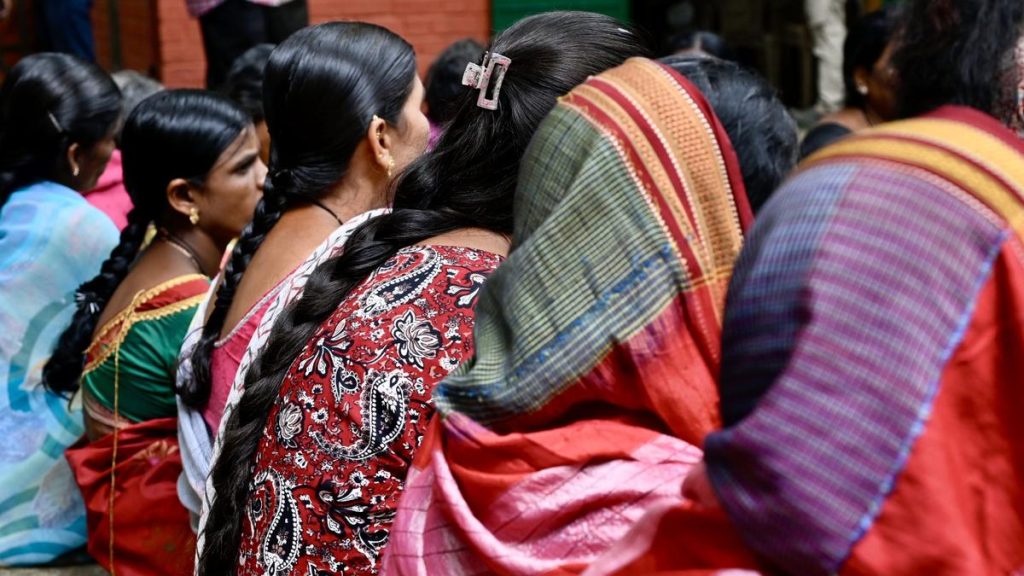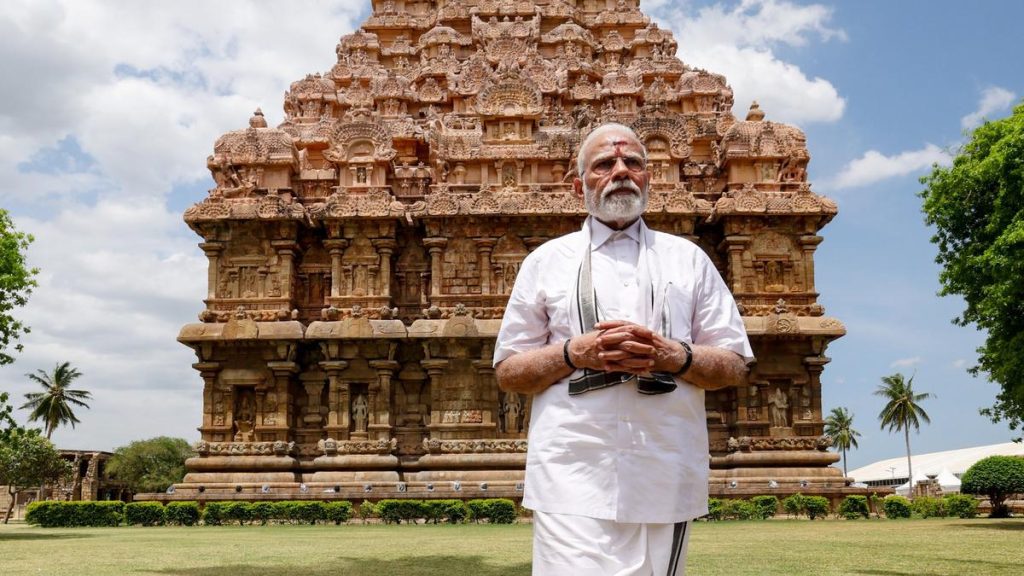Now Reading: Decoding the Formula Behind Hollywood Blockbusters
-
01
Decoding the Formula Behind Hollywood Blockbusters
Decoding the Formula Behind Hollywood Blockbusters

Quick Summary
- Movie theater attendance dropped substantially during the COVID-19 pandemic in 2020 and has rebounded, yet remains below pre-pandemic levels.
- Factors such as inflation,streaming services like Netflix,and a shift toward TV series impact cinema trends.
- Researchers analyzed over 6,000 films to identify links between narrative structures and financial/popularity outcomes.
- Six dominant emotional arcs were identified across films:
– Rags to Riches: Negative start with eventual positive outcome (e.g., Groundhog Day).
– Tragedy/Riches to Rags: Positive start ending negatively (e.g., Romeo & Juliet).- Man in a Hole: Starts positive, dips negatively but ends favorably (e.g., The Godfather).
– Icarus: Starts positively but ends tragically (e.g., Titanic).- Cinderella: Initial struggle turns hopeful with challenges before “happily ever after” endings (e.g., Babe).
– Oedipus: Positive beginning followed by decline despite recovery efforts (Hamlet, etc.).
- Film genres correlate with emotional arcs; horror aligns with tragedy while biographies fit Rags-to-Riches forms.
- Financial analysis:
– Films using “Man in a Hole” plots generated the highest average revenue ($37.48M), followed by “Cinderella” ($33.63M).
– Tragedies tend to earn less unless backed by high budgets (~$100M or more).
- Popularity analysis via IMDb ratings:
– Rags-to-Riches stories rated higher than Man-in-a-Hole despite lesser revenue.
– Critics favor tragedies for intellectual appeal while audiences prefer happy endings.
Indian Opinion Analysis
This study offers insights into data-driven storytelling strategies for India’s burgeoning film industry. With Bollywood’s long-standing tradition of emotionally engaging narratives frequently enough rooted in melodrama and triumph over adversity, filmmakers can adapt lessons from Hollywood research without compromising cultural authenticity. Accomplished story arcs like “Man in a Hole” could align well with Indian tales of perseverance seen across masala blockbusters or biographical dramas like Dangal.
While India transitions away from conventional theaters toward digital streaming platforms post-COVID, incorporating audience-preferred arcs such as Cinderella or Man-in-a-Hole may help balance creative aspirations against commercial viability on OTT platforms-where competition is fierce.
Analyzing movie patterns is especially important when combining global methodologies with regional content preferences. Employing deep statistical techniques in Indian cinema production could better position it on international stages while retaining domestic charm and values.
Read More at Scientific American




























